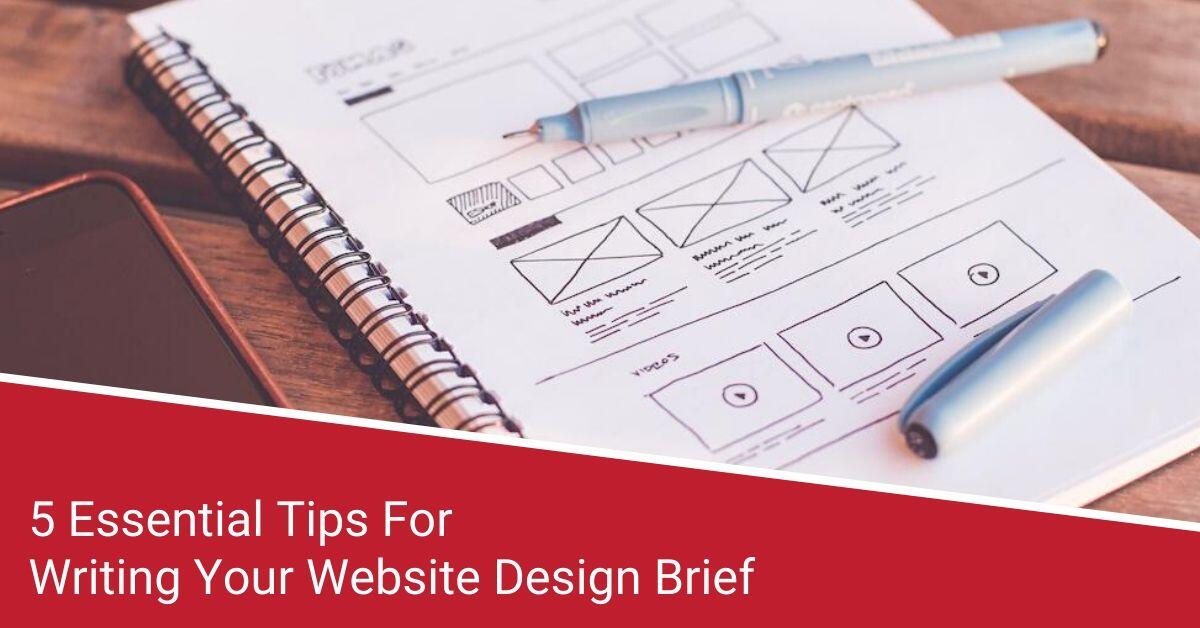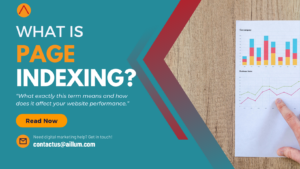Looking to have your first business website built, or aiming to upgrade an existing website? Make sure you avoid some of the pitfalls and challenges!
1. Do you have access to everything? Why not?
2. Research Your Website Platforms
3. Tracking Website Performance
4. Aftercare / Post Development
5. Shop around
Firstly … a Website Brief is important!
Our input is often asked for when clients are upgrading their websites, and often from new clients after they’ve already been through the upgrade process.
In the first case, they want to try and avoid any pitfalls and ensure solid setup on various elements going forward, while in the second case they’ve often found themselves in situations they hadn’t expected, and aren’t sure how to move forward.
It’s incredibly important to ensure a well thought out web design or development brief exists prior to any build or website upgrade. It has multiple benefits …
- It ensures the quote you’re given for the work covers the work you require.
- It ensures you are clear on what you are paying for, and what’s not included.
- It helps the developer / design produce the work in an agreed time, to an agreed standard.
Not having a brief can therefore, conversely, lead to you possibly expecting more than was possible agreed, potentially paying more longer term than intended, and difficulty on the developers side due to moving goal posts.
Here are some of the common pitfalls we’ve had to help clients out of when they’ve come on board with us, and how to avoid them:
1. Do you have access to everything? Why not?
Access is important. We understand in some cases full access might be a risk (many developers, sensibly, don’t want non-techy clients touching code, just in case something breaks). Ultimately though, it’s your business. Like any other element of the business, you might want to change supplier, and you should ensure you have the ability to do so.
Common examples of where a lack of access has caused issues for clients over the years, and which we’ve helped them resolve, include:
- Not being the owner of a theme / plugin license used on site, therefore unable to upgrade.
- Not having full admin access to tools such as Google Analytics, and unable to setup goals as a result.
- Not having high enough access to the CMS to make relevant changes.
- Not being able to manage user access yourself to add or remove other users.
- No being able to access your web hosting account to take website backups.
Think about the future. Might you want to change developers? Would you want to possibly change hosting company? Wanting to learn more about website performance? Then ensure as part of your brief that access is in place to let you do that.
2. Research Your Website Platforms
You don’t want to have to rebuild your website every year, so it’s important you select the correct platform from the outset. Different platforms have various advantages and disadvantages. Some good, some bad and some in-between.
Some questions you should consider asking yourself include:
- How flexible does my website need to be?
- How often am I actually going to update it?
- What future functionality will I need: A shop? A blog? CRM integration?
- Should I use a development company’s proprietary system, or something more open to other developers?
- If I want to change developer, will my initial choice of platform become an issue?
- How technical am I, or do I need to be?
- What options exist to allow my site the best chance of ranking in Google?
Knowing the answers to these questions will help you better understand which platforms are most suitable for your website.
Writing some of those requirements into a web design brief will also make it easier for designers and developers to provide more suitable solutions.
3. Tracking Website Performance
When setting up a new website or upgrading an existing website, implementing the proper tracking features to objectively measure its performance is vital for future developments.
We know that rebuilding a website is a time consuming and often expensive endeavour and, as such, should be done based on some solid data and reasoning where possible … rather than simply “to look better”.
With tracking tools such as Google Tag Manager, Google Analytics, Search Console and others in place, you will be able to see exactly where your website does and doesn’t work.
If there are changes to be made, try and make them based on performance information to ensure they have the best chance of making your website better.
Learning to use these tools or even attending training sessions, such as those offered by Digital Boost, will allow you to better understand how the website works, and therefore to refine and grow it, rather than having to continually rebuild every couple of years.
Ensure your web development brief includes a requirement for fully setup Google Analytics, Tag Manager and Search Console.
4. Aftercare / Post Development
Do you have plans for maintaining your new website beyond the build phase? Do you know if the chosen developer provides any form of ongoing or aftercare support? Do you know what they can continue to help with, or what you’ll need to find others to help with?
Have added a specific requirement for ongoing support in your brief?
Aftercare and ongoing support often includes support, reporting and other additional tasks. Some tasks and reporting may seem minor, but do take time and possibly technical skills. The following are some areas we’ve known people to struggle post website build:
- Search Engine Optimization (SEO) management and growth.
- Adding content to new or existing pages
- Making cosmetic adjustments, such as changing colours and images.
- Functional adjustments, such as adding new buttons or calls to actions.
- Altering menu layouts
- What happens if you make a change and the website breaks? Who fixes it?
- What needs to be included in a monthly report to make it useful, and who is charged with that?
Aftercare is often not considered in an initial web design brief because it’s not really required for the build or upgrade of a website. Addressing it early, and as part of the brief, will make the relationship between you and the developer easier, because it’s clearer what’s expected now and longer term.
5. Finally … Shop around
Like paying for anything else, it’s always worth shopping around to make sure you’re getting your money’s worth. There are lots of options available out there and understanding what you get for your money is important.
The cheapest option is not always (rarely!) the best, while the most expensive option might not actually give you what you need. Be clear with the specifications in your brief and make queries to get responses first, before making your decision.
With a concise set of requirements planned out, you will be able to see who can provide what you need and at what price.





